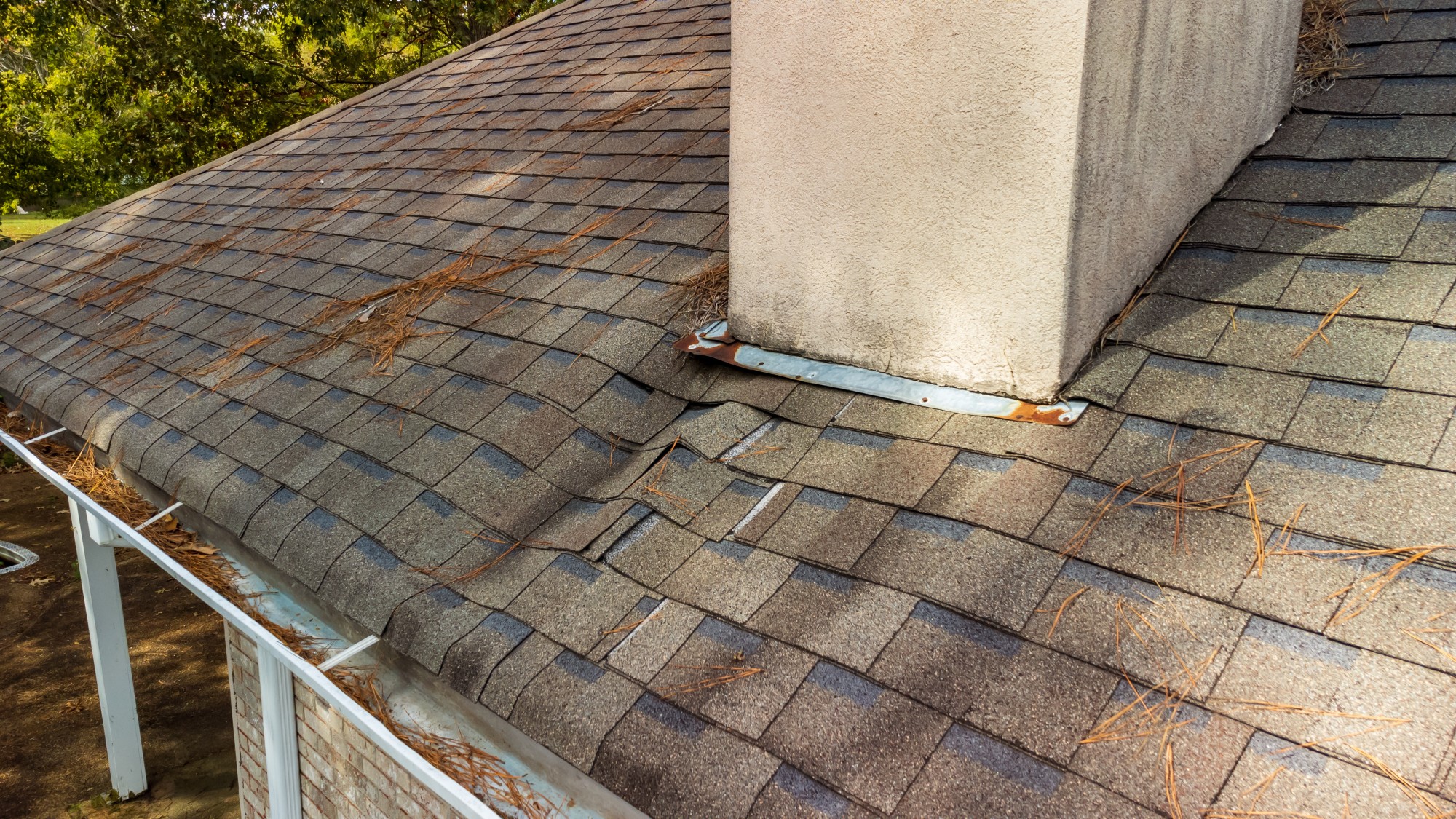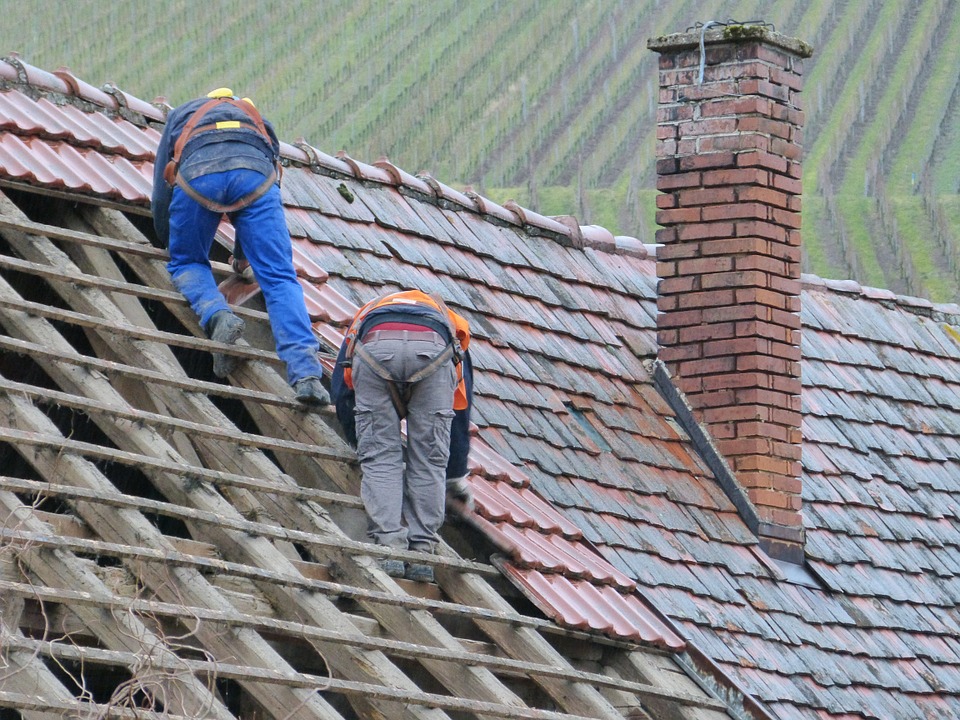Roof Repair Oahu: Professional Roof Services for Lasting Security
Roof Repair Oahu: Professional Roof Services for Lasting Security
Blog Article
Understanding the Different Kinds of Roofings: A Comprehensive Overview for Homeowners
With an array of choices-- ranging from the typical gable to the contemporary level-- each type provides distinct advantages and obstacles that must line up with the homeowner's ecological factors to consider and certain needs. As we discover the complexities of various roofing types, it ends up being apparent that one dimension does not fit all; the appropriate choice may shock you.
Gable Roofs
Gable roofing systems, identified by their triangular shape, are amongst one of the most prominent roof covering designs as a result of their simplicity and performance in shedding water and snow. This design features 2 sloping sides that meet at a ridge, permitting for efficient water drainage and reducing the danger of water buildup. The high pitch generally related to gable roofings enhances their capability to manage hefty precipitation, making them ideal for different climates.
In enhancement to their sensible advantages, saddleback roofs offer aesthetic flexibility. They can be adjusted to different building designs, from typical to modern homes. The design can also accommodate added attributes such as dormer windows, which boost all-natural light and ventilation in the attic room area.
Moreover, gable roof coverings offer sufficient area for insulation, adding to energy effectiveness. Property owners can select from a range of roofing products, including asphalt roof shingles, steel, and floor tiles, better boosting personalization choices.
Despite their benefits, gable roof coverings may call for extra assistance in locations prone to high winds or hefty snowfall. Generally, the saddleback roof stays a preferred option due to its blend of functionality, toughness, and visual charm.
Flat Roofs
Level roof coverings are commonly acknowledged for their minimal design and useful applications, especially in industrial and industrial setups (oahu roofing). These roof coverings include a horizontal or nearly horizontal surface, which enables easy building and construction and versatile area use. While they might lack the visual appeal of pitched roofings, flat roofing systems supply countless advantages, especially in urban environments where making the most of area is critical
One of the main advantages of level roof coverings is their ease of access. Home owners can make use of the roofing system area for different functions, such as rooftop gardens, terraces, or photovoltaic panel setups. Furthermore, level roofings are commonly a lot more cost-efficient to maintain and mount contrasted to their sloped equivalents, as they call for fewer materials and labor.
Typical products utilized for flat roofing systems consist of built-up roofing (BUR), changed bitumen, and single-ply membranes, each offering distinct advantages. Overall, level roofs serve as a functional and adaptable option for lots of property owners and services alike.
Hip Roofings
Hip roofing systems are defined by their sloped sides that assemble on top, creating a ridge. This style is distinctive from saddleback roofs, as all four sides of a hip roof covering incline downwards toward the wall surfaces, supplying a much more secure framework. The angle of the inclines can vary, permitting for versatility in building appearances and performance.
Among the main advantages of hip roof coverings is their capability to stand up to heavy winds and damaging weather condition problems. The sloped surface areas allow far better water drain, minimizing the threat of leakages and water damage. Furthermore, hip roofing systems supply boosted attic area, which can be used for storage or perhaps exchanged livable locations.
Nevertheless, creating a hip roofing system can be a lot more intricate and expensive than less complex roof covering types, such as gable roof coverings. The additional material and labor included in creating the slopes and ensuring correct architectural honesty can bring about higher expenditures. In spite of these disadvantages, many house owners prefer hip roofing systems for their resilience, visual charm, and capacity for power performance.
Mansard Roofing Systems
Mansard roofing systems, typically identified by their distinct four-sided style, function two slopes on each side, with the lower slope being steeper than the top. This architectural style, originating from France in the 17th century, is not only cosmetically attractive yet practical, as it makes the most of the functional area in the upper floorings of a building. The high reduced slope permits more headroom, making it a suitable option for loft spaces or attic rooms, which can be exchanged living rooms.
Mansard roofings are defined by their adaptability, suiting numerous architectural styles, from traditional to modern-day. They can be created with various products, consisting of asphalt shingles, slate, or steel, giving homeowners with a range of options to suit their budgets and choices. In addition, the layout allows for the combination of dormer home windows, improving all-natural light and ventilation in the upper degrees.
Nonetheless, it is necessary to consider the potential downsides. Mansard roofing systems might call for more maintenance due to the intricacy of their style, and their steep slopes can be testing for snow and rainfall drainage. Generally, mansard roofings integrate elegance with practicality, making them a popular option among home owners seeking unique architectural functions.
Lost Roofings
As house owners significantly look for simplicity and capability in their architectural styles, lost roofings have become a popular selection. Characterized by a single sloping plane, a shed roofing system offers a minimalist visual that complements different home designs, from modern to rustic.
Among the main benefits of a shed roofing system is its uncomplicated building, which usually translates to decrease labor and material costs. This style enables reliable water drain, minimizing the threat of leakages and water damages. Additionally, the upright incline gives ample space for skylights, enhancing all-natural light within the inside.
Dropped roofings additionally offer adaptability in regards to check it out usage. They can be properly incorporated right into enhancements, garages, or outdoor structures like pavilions and sheds. his explanation Moreover, this roofing design can accommodate various roofing materials, including metal, asphalt roof shingles, or perhaps green roofing systems, lining up with green campaigns.
However, it is essential to consider regional environment problems, as hefty snow tons may necessitate adjustments to the roof covering's angle or framework. Generally, lost roofing systems present a functional and aesthetically pleasing option for homeowners aiming to optimize capability without jeopardizing style.
Conclusion


Gable roofing systems, identified by their triangular shape, are among the most my latest blog post popular roof styles due to their simplicity and efficiency in losing water and snow. oahu roofing. The steep pitch commonly connected with gable roofings boosts their ability to deal with heavy precipitation, making them appropriate for various environments
While they may lack the aesthetic appeal of pitched roofing systems, flat roofing systems use countless advantages, especially in urban atmospheres where making the most of area is critical.

Report this page